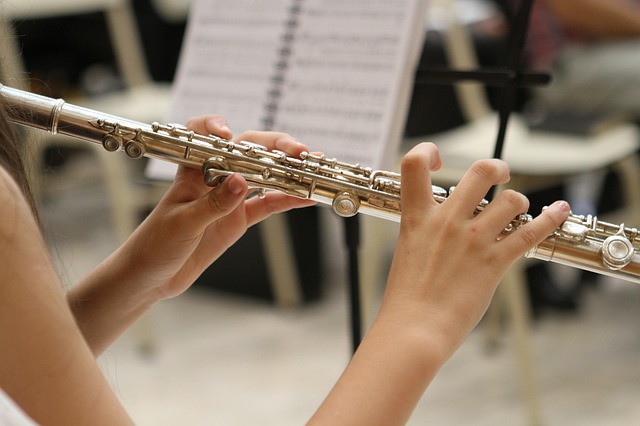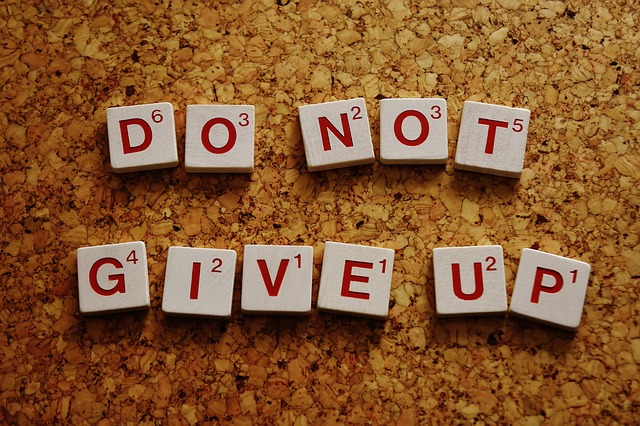In previous posts, I have explored the nature of procrastination, the need to bring the self-stories above the line and the importance of building the awareness muscle to be able to identify and challenge our self-defeating thoughts. Leo Babauta takes this discussion a step further by arguing that we need to be fearless in the pursuit of our meaningful work – pursuing the work that is our life purpose despite our reservations, uncertainties and discomfort. To fearlessly tackle our meaningful work takes bravery (facing pain without fear) and courage (facing pain despite the presence of fear).
Identifying your rationalisations
Leo Babauta, creator of Zen Habits, argues that to pursue your life purpose represented by meaningful work, you need to face up to the rationalizations that your brain dreams up (a Zen Habits blog post). He maintains that these rationalizations are really lies that your fearful brain invents to discourage you from taking creative action that is breaking new ground, uncertain in outcome and potentially creating discomfort for you. The discomfort can take the form of psychological pain (e.g. embarrassment, shame, self-doubt) or physical pain (e.g. headache, bodily tension). In discussing the numerous rationalization that your mind could think up, Leo suggests potential counters to the mind’s arguments – all of which are enlightening in themselves as they challenge your core self-beliefs. His blog post serves as a comprehensive checklist to explore your own rationalizations.
Dealing with rationalizations
In his blog post, Leo provides a range of strategies that you can use to deal with the rationalizations that get in the road of you pursuing your meaningful work:
- Write down your rationalizations (you can use Leo’s checklist as a catalyst) and come up with contrary arguments based on the evidence of your past experiences
- Treat the rationalization for what they are – invented lies driven by fear and designed to stave off pain and/or discomfort. Stop believing that they are real and will inevitably eventuate.
- Avoid your brain’s attempt to negotiate its way out of starting, e.g. putting off the starting time because it is inconvenient or too soon.
- START– however small a step. Movement in the right direction overcomes inertia and creates a momentum. Leo suggests that you practice “moving towards [not away from] what you resist”
- Become aware that as you practise, movement towards your goal becomes easier – you will experience less resistance and begin to overcome your rationalizations through evidence-based achievement, e.g. the new belief, “I can do this task!” Leo maintains that there are unexpected rewards for dealing with uncertainty.
- Remind yourself of your intention – why this meaningful work is important to you.
The self-harm in rationalizations
Disconnection from meaningful work has been identified by Johann Hari as a key factor in the rise of depression and anxiety in today’s western world. Our brains, through rationalizations, are creating self-harm by keeping us from connecting with what is meaningful to us – what gives purpose to our lives. Leo is so committed to helping us move beyond fear and rationalizations, that he has created a significant training program, Fearless Purpose: Training with the Uncertainty & Anxiety of Your Meaningful Work, to help people realise their meaningful work, whether that is writing a book, starting a community organisation, beginning a new, and purposeful career or undertaking any other creative endeavour that we may be fearful about. The program is comprehensive and includes an e-book, meditations, videos and a support community.
Reflection
As we grow in mindfulness through meditation and reflection, we can become aware of the rationalizations that our brain thinks up to stop us from pursuing what we know, deep down, to be our real, meaningful work – pursuits that help us to realise our life purpose. Mindfulness can also help us to challenge these mental barriers and free ourselves to act with courage in the face of uncertainty.
____________________________________________
Image by Sasin Tipchai from Pixabay
By Ron Passfield – Copyright (Creative Commons license, Attribution–Non Commercial–No Derivatives)
Disclosure: If you purchase a product through this site, I may earn a commission which will help to pay for the site, the associated Meetup group and the resources to support the blog.









